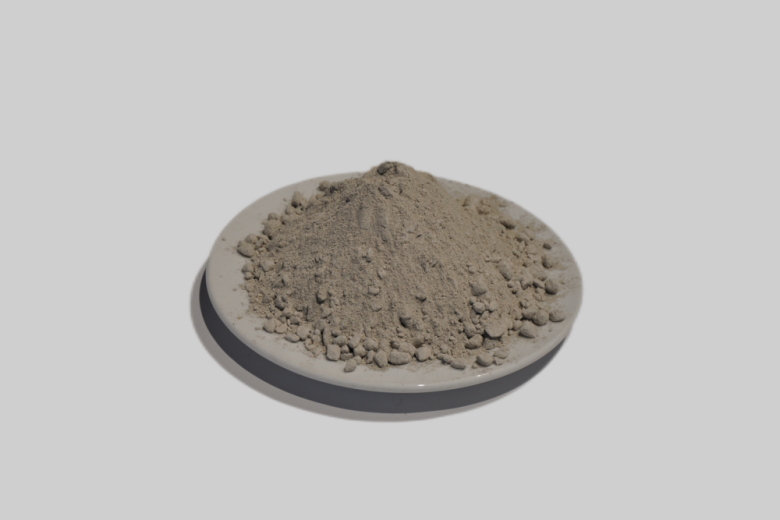Refractory hollow balls are important raw materials for making high-grade insulating refractory materials. Compared with ordinary insulation materials, refractory hollow sphere products have the characteristics of low density, numerous voids, few connections, high strength, high compressive load softening temperature and low re-firing linear shrinkage rate.
The manufacturing methods of refractory hollow balls include electrochemical method and sintering method.
The electric melting spheroidizing method involves melting refractory materials into a liquid state in an electric furnace and then blowing them out with compressed air to form hollow balls.
The sintering method uses combustible materials as the core. The ball core is placed in the pelletizing disc. After adjusting the rotational speed of the pelletizing disc, the ball core is made to flip and roll inside the disc while adding a binder and dry powder of refractory raw materials. The ball core adsorbs the binder and is coated with dry powder to form a ball. Then, after drying and calcination, ceramic hollow balls are made. The hollow balls made by the powder coating forming process have the advantages of low bulk density, uniform and smooth sphere walls, high pelletizing rate, low cost, high efficiency and good performance.
The commonly used hollow balls in refractory materials are made by melting raw materials such as alumina or zirconia into a liquid state, which flows out at a certain speed. Compressed air is used to blow the high-temperature molten liquid into small droplets, and under the action of surface tension and centrifugal force, hollow small spheres are formed one by one. The materials of refractory hollow balls include alumina, mullite, magnesia-alumina, aluminum-chromium, chromium and zirconium, etc. The main types commonly seen in China are alumina and zirconia.
Alumina and zirconia hollow balls are the most widely used hollow sphere raw materials in unshaped materials. Due to their service temperatures being as high as 1800℃ and 2000℃ respectively, they are often used in parts directly in contact with flames. However, due to its thin and fragile walls, it is not suitable for pounding into shape. Alumina hollow balls are the most superior raw materials for manufacturing high-end heat-insulating refractory materials.
Leave a Message
Contact Us
Email: [email protected]
TEL: +86 13721425142

The matters needing attention during the construction of refractory castables vary with the seasons. The flexible control of on-site construction is very important, such as…

There are significant differences between electrically fused bricks and sintered refractory bricks. The differences lie in their production methods, application environments, and prices. The manufacturing…
Submit Request
PDF Request